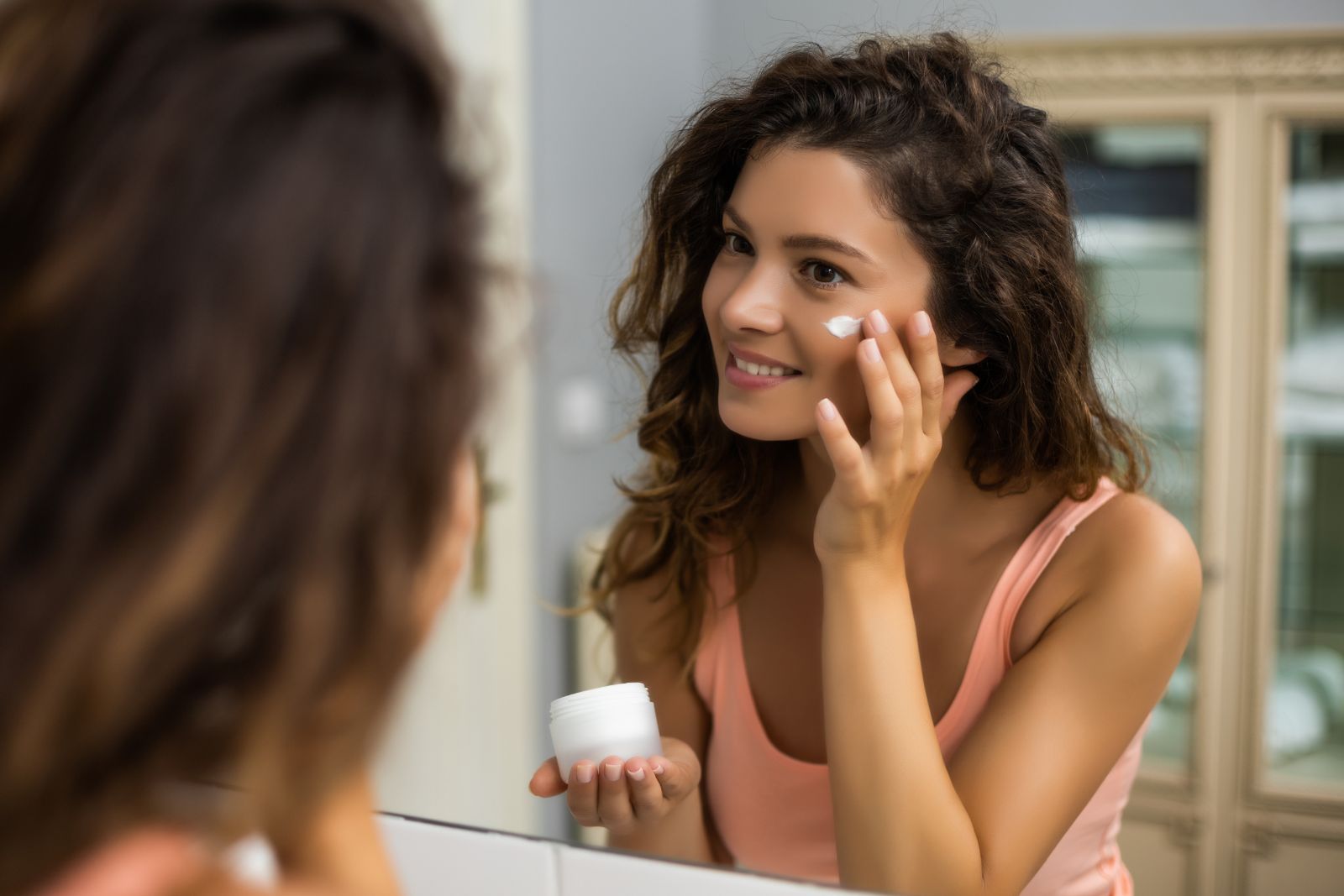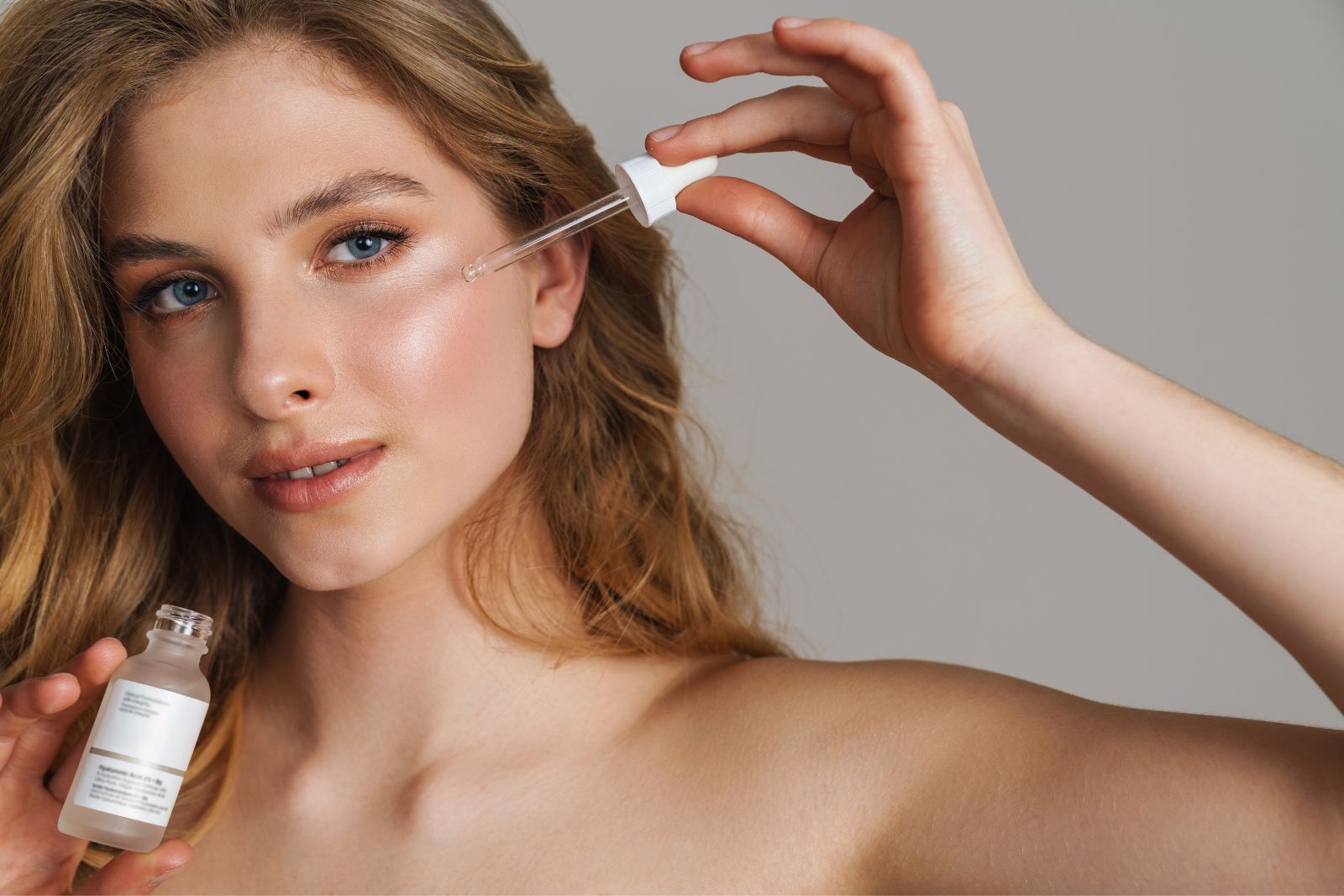Dry skin can be a nuisance. It’s itchy, uncomfortable, and can even crack and bleed. A most common problem, it can occur at any time of the year but is most common in the winter months. So what exactly is dry skin? Dry skin is caused by a lack of sebum, the natural oil our skin produces. Sebum helps to keep our skin moisturized and protected from the environment. When there’s not enough sebum, the skin becomes dry, cracked, and irritated.

There are many factors that can contribute to dry skin, including weather, aging, certain medical conditions, and even some medications. Fortunately, there are also many ways to treat dry and scaly skin. However, the best way to care for dry skin types is to always include a moisturizer in your skin care routine to help replenish the lost sebum and prevent flaky skin.
Causes of dry skin
Dry skin can have many causes, but the most common is simply not drinking enough water. When the body is dehydrated, it pulls moisture from wherever it can, including the skin. This can leave skin feeling dry, tight, and flaky. Other causes of dry skin include weather (cold, windy days are especially drying), certain medications (such as those for acne or high blood pressure), and conditions like eczema or psoriasis. Another common cause of dry skin is a lack of humidity in the air. This can be caused by factors such as cold weather, using heating devices, or low air quality. Using a humidifier in your home or office can help keep the air moist and prevent your skin from drying out.
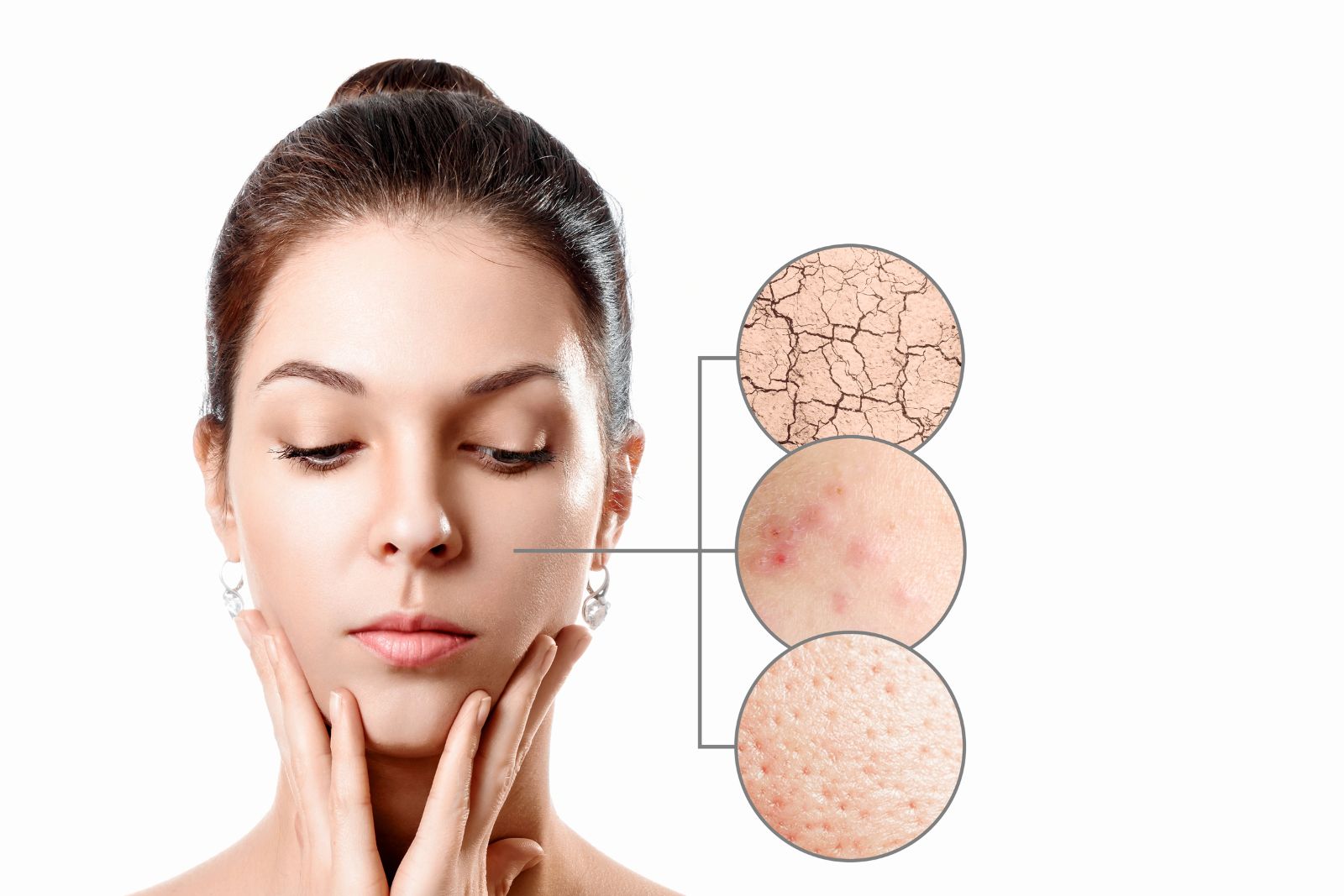
There are many symptoms of dry skin, but the most common symptom is itchiness. Other symptoms include redness, flaking, cracking, and peeling. In severe cases, dry skin can lead to eczema, which is a chronic condition characterized by inflamed and irritated skin.
How to prevent dry skin
Fortunately, there are things you can do to help soothe your dry skin. First, make sure you’re drinking enough water. Loss of hydration can contribute to dry skin, so aim for eight glasses of water daily. Drinking water can help hydrate your skin and keep it looking healthy. Drink plenty of pure, filtered water for extra hydration and to prevent dull skin. Next, use a humidifier to add moisture to the air in your home or office, especially during the colder months when the air is dryer. This will help add moisture back into the air and your skin.
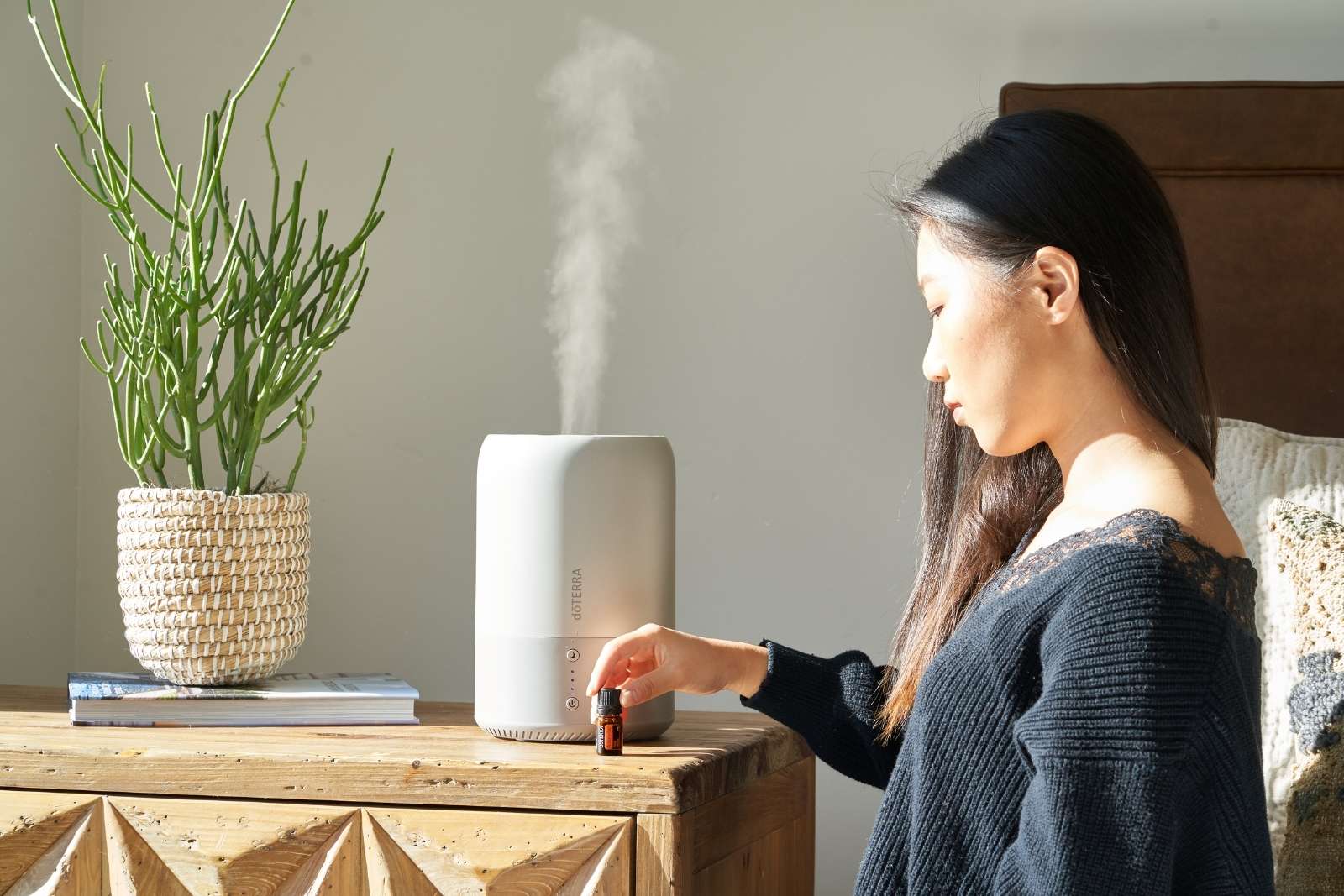
Cut back on your showers. Hot water and long showers can strip away the natural oils in your skin, leaving it feeling dry and irritated. Instead, take shorter showers in lukewarm water. And make sure to use a gentle, fragrance-free cleanser. Exfoliate your skin regularly. This will help remove the dead skin cells causing your dryness and irritation. Try a natural exfoliating scrub or an exfoliating glove to get rid of rough patches on your hands, feet, and elbows. After you shower, apply a moisturizer within three minutes to help trap moisture and restore the skin barrier function. Look for a moisturizer that’s oil-based rather than water-based to exploit the benefits of fatty acids. Oil-based moisturizers are heavier and stay on your skin longer. They also can be applied before you go to sleep at night, so they have more time to soak in. Create a daily skincare routine to help keep your skin clean and healthy. Daily cleansing is important for healthy skin. But don’t overdo it. Over cleansing can irritate the skin and cause acne or psoriasis. Add more moisture to your diet to prevent water loss and maintain your skin’s moisture barrier. Drinking enough fluids and eating water-rich foods can help keep your skin healthy. Foods with high water content include watermelon, cucumbers, celery, lettuce, dried fruits, and yogurt. Try to avoid exposing your skin to too much sun. Avoid tanning booths or tanning beds. If you have sensitive skin, try to use mild soaps and skin products. Try not to scratch the itches that sometimes come with eczema. Scratching can make itching worse.

How to choose the right moisturizer
Finding the right facial moisturizer is key to relieving dry and itchy skin symptoms. The first step in finding the ideal moisturizer for dry skin is understanding what key ingredients to look for. Always opt for high-quality ingredients when choosing your skincare products for your skincare routine to prevent dry and dull skin. Dermatologists often recommend products that contain hyaluronic acid or glycerin. These ingredients help trap moisture in the skin, providing long-lasting hydration and keeping your skin soft. For optimal barrier performance or as a follow-up after facial procedures, such as laser skin rejuvenation or microneedling, you can always try the rich moisturizer Hydrating Recovery Complex by Aesthetics Med Spa, recommended for its soothing properties. Our super hydrating moisturizer creates a protective layer to lock in moisture and relieve itchiness.

People with sensitive skin types should be extra careful with every ingredient encapsulated in their rich creams used to keep their skin hydrated. They should look for products that are fragrance-free and hypoallergenic. Also, avoid products with high alcohol content, as these will further dry the skin. Choose a product that is non-comedogenic and won’t clog your pores. This will help keep your skin from becoming further irritated or inflamed. Our Peptide Restorative Moisturizer nourishes your skin with all the right ingredients while treating symptoms of parched skin and repairing your skin barrier. If you have dehydrated skin and are using a retinol product, be sure to use it at night. Retinol is an ingredient that will boost your exfoliation process, which can sometimes be too much for the skin to handle during the daytime. You can use it with light moisturizers such as our Ultra Lightweight Moisturizer, a hydrating moisturizer with a lightweight texture that suits all skin types. If you have acne-prone skin, look for a moisturizing cream that contains an oil-free formula, as this may cause your skin to produce excessive oils and lead to further problems. Our Hydrating Mist is the perfect choice if you have oily skin and are looking for a touch of freshness with moisturizing properties.
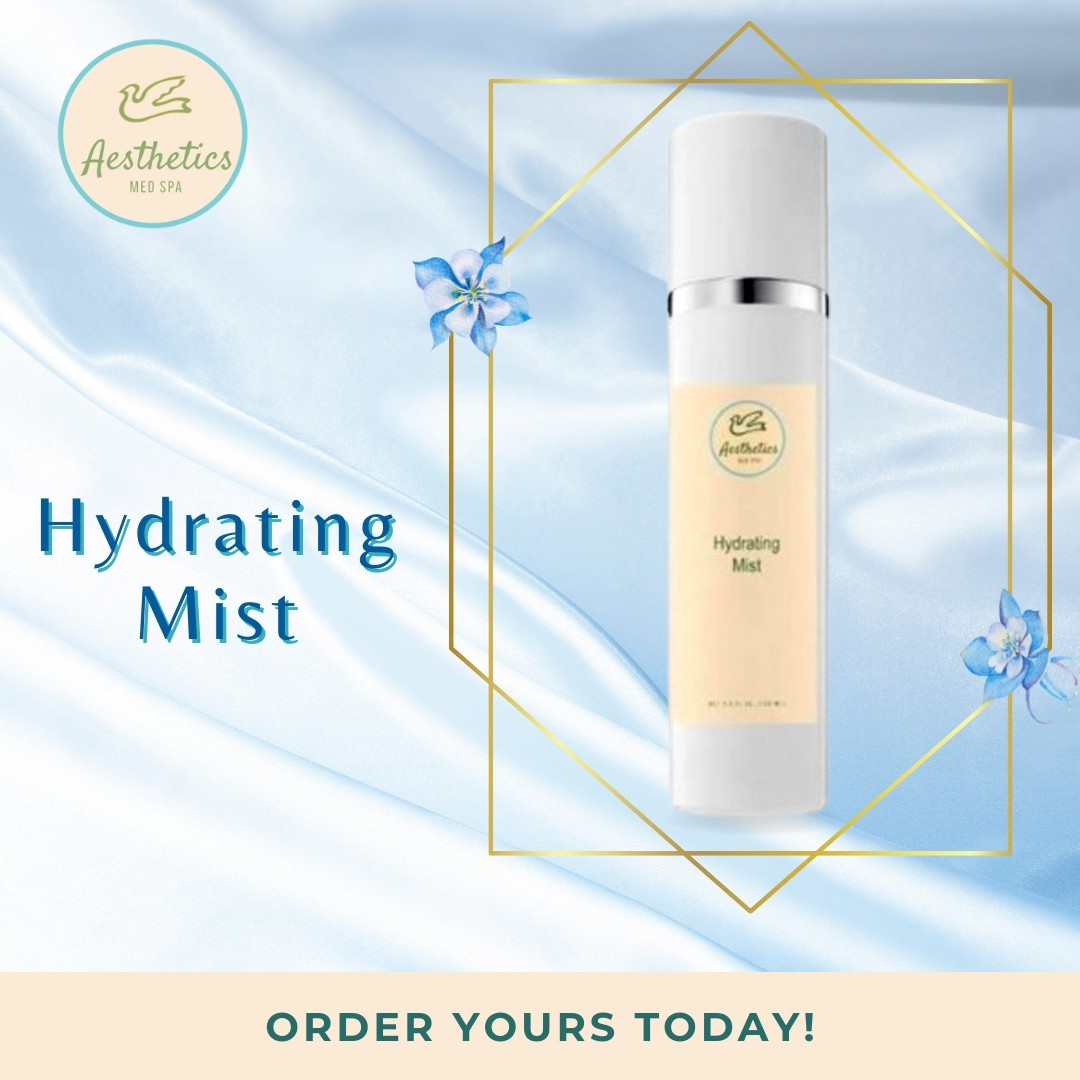
Always wear sunscreen (SPF 30 is best) every day under your makeup, and don’t forget the tops of your hands, ears, and neck. If you have dry skin, it’s important to moisturize all over to keep your skin looking and feeling its best. Shea butter, jojoba oil, or sweet almond oil body products do wonders for your skin. Be sure to use a body cream or body butter in addition to face cream.
How to apply a moisturizer
The best way to apply a moisturizer if you want to enjoy smoother skin is to put it on after you take a shower or bath. This is because your skin will be more hydrated then, and the moisturizer will be able to better penetrate the skin. You should also apply a moisturizer several times a day, especially if you are in a dry climate or are using a drying medication. Here are some tips on how to correctly apply a moisturizer.
- Start with a clean face. Make sure to wash your face before applying any kind of moisturizer so that the product can actually sink into your skin rather than sitting on top of dirt and sebum.
- Take a pea-sized amount of moisturizer and dot it all over your face. Once you have even coverage, start spreading the product out with your fingers, working from the center of your face outward.
- Make sure to pay extra attention to areas that tend to be dryer, like your nose or forehead. And don’t forget about your neck! Gently massage the moisturizer into your skin until it’s fully absorbed.
- Apply moisturizer twice daily, morning and night.
When applying a moisturizer, use gentle circular motions and avoid tugging at the skin. To get the most out of your moisturizer, apply it while your skin is still damp from cleansing. This will help lock in hydration and keep your skin supple. Be sure to moisturize your entire face, including the neck and décolletage. Finally, follow up with sunscreen if you are going to be spending time outdoors.

